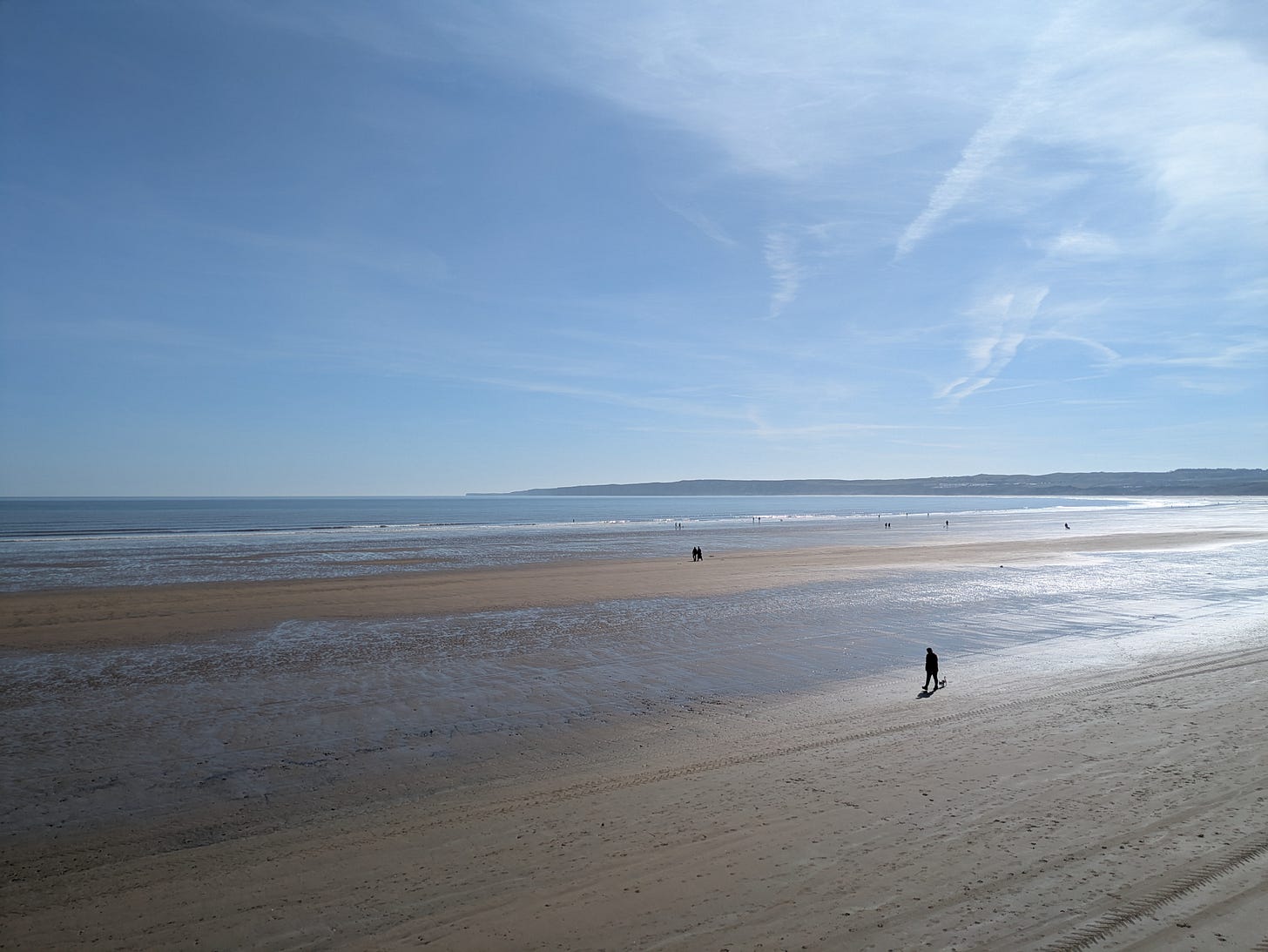# 6 If I could change your mind about early years, it would be on the North Yorkshire coast
Maybe it's unnecessary for me to ‘change your mind’ about the importance of early years. But paying lip service to EYFS provision and actually paying for it are two different things.
Education Secretary Bridget Phillipson has been clear, rhetorically at least, that EYFS is a priority for her. There is no shortage of information to tell us that the first 1001 days in a child’s life are ‘an unparalleled period of growth and discovery, where brain development accelerates at a remarkable rate.’ Supporting parents to ensure their children are ‘school ready’ has become a top priority for many in the sector.
It is therefore perhaps unnecessary for me to ‘change your mind’ (as per today’s middle-eight theme, courtesy of Haim) about the importance of early years. But paying lip service to EYFS provision and actually paying for it are two different things. The 9th Child of the North report presents ‘An evidence-based approach to supporting children in the preschool years’ and is resoundingly clear in its main ask;
Investment in Early Childhood Education Programmes that support the holistic needs of families in educational settings within the most disadvantaged areas. There is evidence to show that disadvantaged children who receive early educational intervention from infancy to the age of five have better cognitive and academic outcomes, including positive effects on children’s language, literacy, and socio-emotional development. These programmes can also help ensure access to comprehensive health and nutrition services for young children, including regular health screenings, immunisations, and nutrition assistance.
I wanted to head north to visit Hannah at Filey Church of England Nursery and Infant School (Ebor Academy Trust) because I had heard on the grapevine that she’d set up a new parent-toddler group as a direct result of her learning from her listening campaign in Term 1.
As a non-parent and secondary trained person, entering into Early Years spaces still feels both unfamiliar and magical to me. But as Hannah gave me the grand tour, sharing the success of their Family Learning, showing off the Big Red reading bus, the gorgeous outdoor learning spaces and explaining how they have extended their provision into Year 1, it is clear that this isn’t about magic. It’s about deep listening, intentional strategy and always keeping the child and family at the heart. I also loved hearing about the various pots of money Hannah and team are always on the look-out for, the long-term investment of one of their HLTAs now as a pastoral lead and their co-headship model, which is enabling Hannah to continue teaching whilst also learning the ropes for headship.
Just 20 minutes down the road (via Filey beach) Kim Peacock is another Cohort 2 EYFS specialist at Martongate Primary school.
Here again, the magic shines through. My mind was certainly changed about just how much 4-5 year olds can do! They make their own breakfast, they weave, they tinker with hard drives and they use saws.
Kim’s is a beautiful space that she has worked on for many years with her colleagues and she is rightly proud of what their children achieve. It was also interesting to note the extent to which Kim is also always on the look-out for funding; they have benefited from various donations, including those linked to being near wind farms!
One hopes that the headline grabbing £2 billion investment is a step in the right direction, we are also conscious of the IFS Annual report on education spending;
Between 2016–17 and 2022–23 providers’ costs grew by 25% (mostly due to staffing but also energy, rent and food), which is about twice as quickly as the growth in funding rates for 3- and 4-year-olds (12%). Once we account for rises in providers’ costs, the average funding rate for 3- and 4-year-olds is worth about 15% less in 2024–25 than in 2012–13.
So if the money isn’t coming quickly, or abundantly enough, we have to rely on phenomenal practitioners like Kim and Hannah to keep on innovating with their entrepreneurial spirit. If you’re reading this as a secondary leader, a Trust executive, someone working in policy; what more can you do to support those colleagues who have the greatest chance of closing the disadvantage gap?





